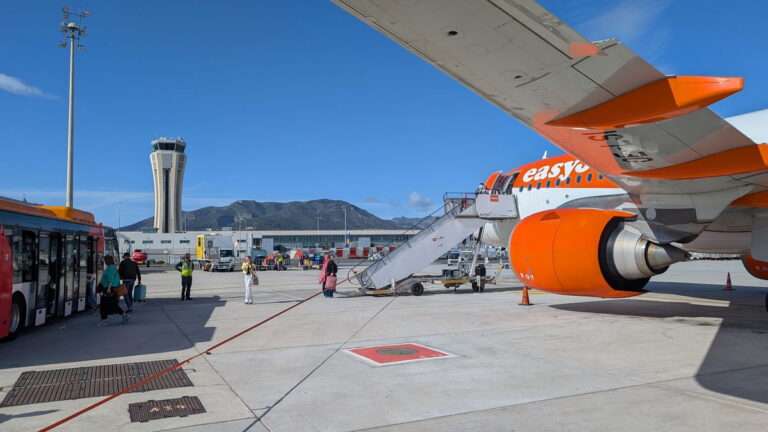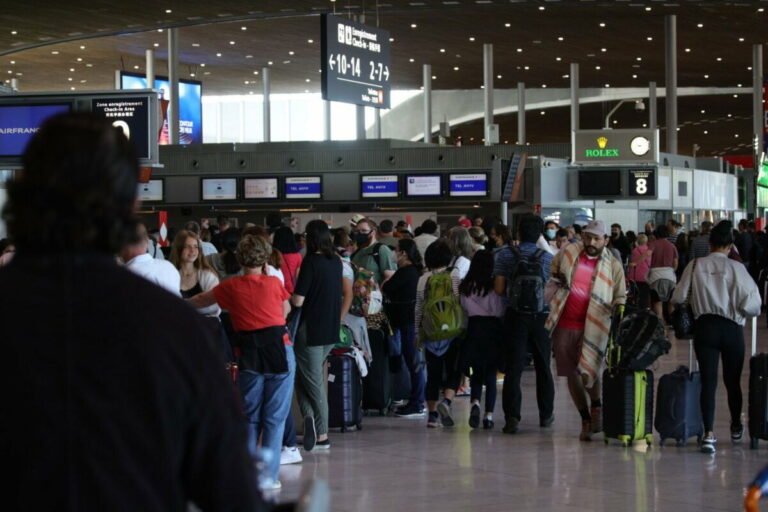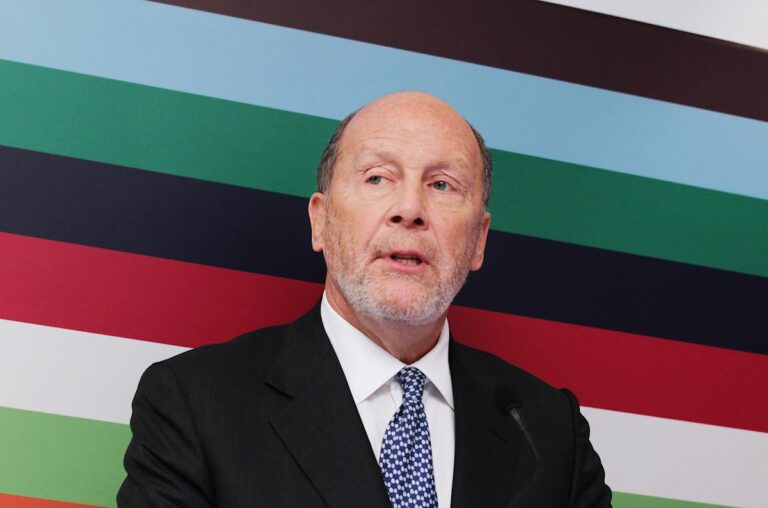
Elon Musk doubling down on more risky launches after his Starship blows up again. Credit: Kemarrravv13, Shutterstock
Elon Musk pushes forward with even riskier SpaceX Starship launches after latest fiery failure, raising questions over safety, cost and the future of deep space travel.
Musk’s Starship programme is beginning to feel less like rocket science and more like a high-stakes game of cosmic Russian roulette. With the ninth test flight ending in yet another fiery disaster, questions are mounting over whether SpaceX is rewriting the future of space travel or simply blowing through billions of dollars in a trail of smoke and debris.
The latest SpaceX explosion — the third catastrophic failure in just six months — unfolded live in front of 200 stunned space industry experts gathered at the Australian Space Summit in Sydney. As the massive booster lost control and disintegrated over the Indian Ocean, what began as excited buzz quickly shifted to hushed murmurs. “A third catastrophic failure within six months demands a pause for reflection,” reported Sara Webb for The Conversation.
SpaceX Starship aims for Mars with fully reusable rocket system powered by Raptor engines
The SpaceX Starship programme has been in development for over a decade, with its ambitious aim to carry humans beyond the Moon and all the way to Mars. Unlike traditional expendable rockets, Starship is designed to be fully reusable, with its powerful Raptor engines capable of lifting vast payloads into deep space before returning safely to Earth. At least, that’s the plan.
Four complete failures out of 9 launches — but Musk doubles down on rapid test schedule
The reality? Out of nine test flights, there have now been four complete failures, two partial failures, and only three successes. The programme’s troubled run makes even NASA’s risk-averse engineers wince. But Musk, never one to shy away from a gamble, remains unfazed.
Shortly after this latest spectacular failure, Musk announced on X (formerly Twitter) that SpaceX would be accelerating its test schedule, promising new launches every three to four weeks. No sign of caution here. The man who dreams of a Mars colony seems determined to blast through setbacks at full throttle.
Starship failures cost up to $100 million per launch — and leave Texas town covered in debris
Each failed test costs an estimated $50–100 million, according to previous statements from Musk. But the environmental price tag may be even steeper. A 2023 explosion near Port Isabel, Texas, shook homes, covered the town in a thick cloud of dust, and sent debris smashing into cars. Residents told the New York Times they were terrified and left with the clean-up bill.
Musk clashes with regulators as SpaceX faces pollution fines and FAA penalties
Then in 2024, SpaceX was slapped with fines by the US Environmental Protection Agency and the Texas Commission on Environmental Quality for 14 separate incidents of polluting Texas waterways. The US Federal Aviation Administration (FAA) also proposed a fine of $633,009 for using an unapproved launch control room and other violations in 2023. Musk dismissed the fines and even threatened to sue the FAA for “regulatory overreach.”
And it’s not just local residents feeling the impact. Two failed launches this year showered rocket debris over the Caribbean and caused chaos for air traffic controllers, forcing 80 commercial flights to be diverted and delaying over 400 takeoffs.
NASA’s Saturn V vs SpaceX Starship: Failure rates reveal stark contrast in rocket success
Compared to historical benchmarks, Starship’s record is raising eyebrows. NASA’s legendary Saturn V rocket, which carried astronauts to the Moon, launched 13 times with only one partial failure. SpaceX’s own Falcon 9, a resounding commercial success, boasts over 478 successful launches with just two in-flight failures. The Soviet-era Soyuz managed 32 launches with only two failures.
Testing high-risk reusable rocket technology amid growing safety fears
Of course, Starship’s mission is vastly more complex. As a reusable heavy-class system capable of delivering massive payloads to deep space and landing back on Earth, the technology is unprecedented. But some experts are beginning to ask: at what point do repeated spectacular failures move from ‘part of the learning process’ to ‘reckless endangerment’?
Elon Musk secures approval for 25 Starship launches a year despite growing failure concerns
Musk, however, remains bullish. SpaceX has just received approval to ramp up to 25 Starship launches a year. The future of deep space travel may hinge on whether Musk’s bold vision delivers breakthroughs or continues to deliver debris fields. For now, at least, it seems Elon’s motto is: if at first you don’t succeed, launch, launch again.
Get more technology news.
Travel news.







